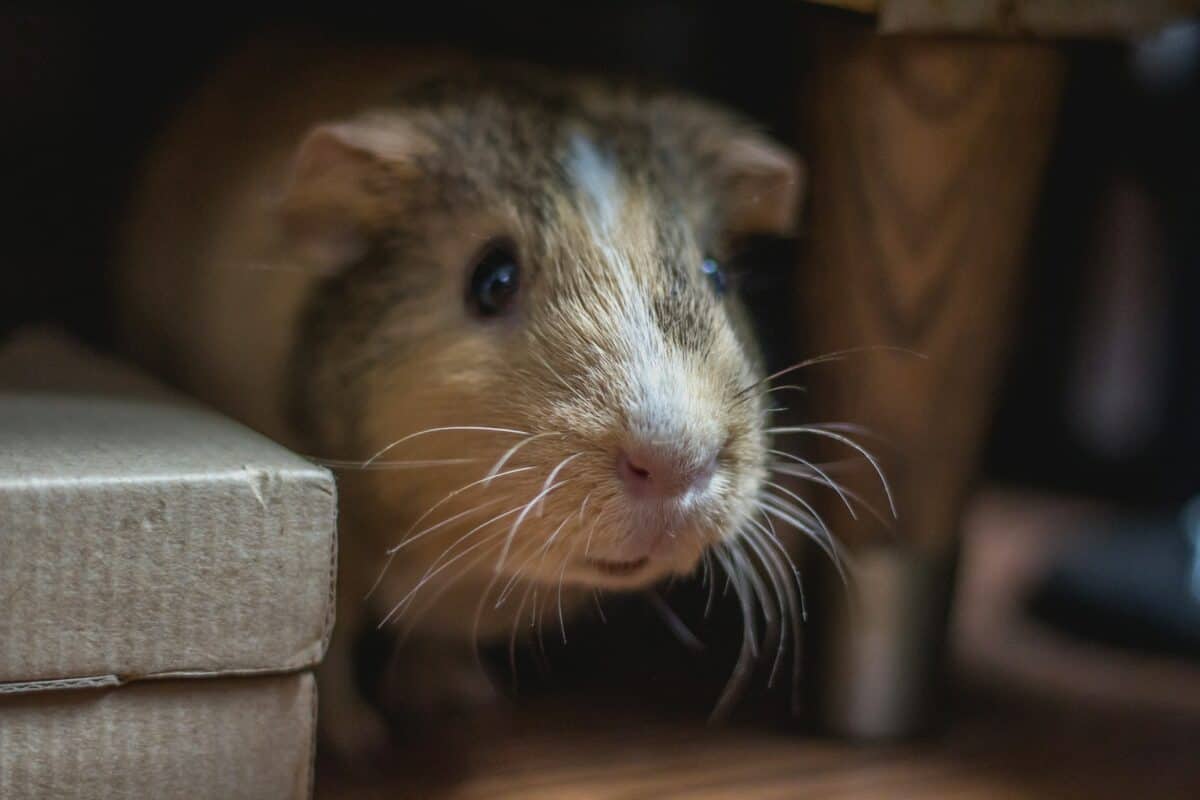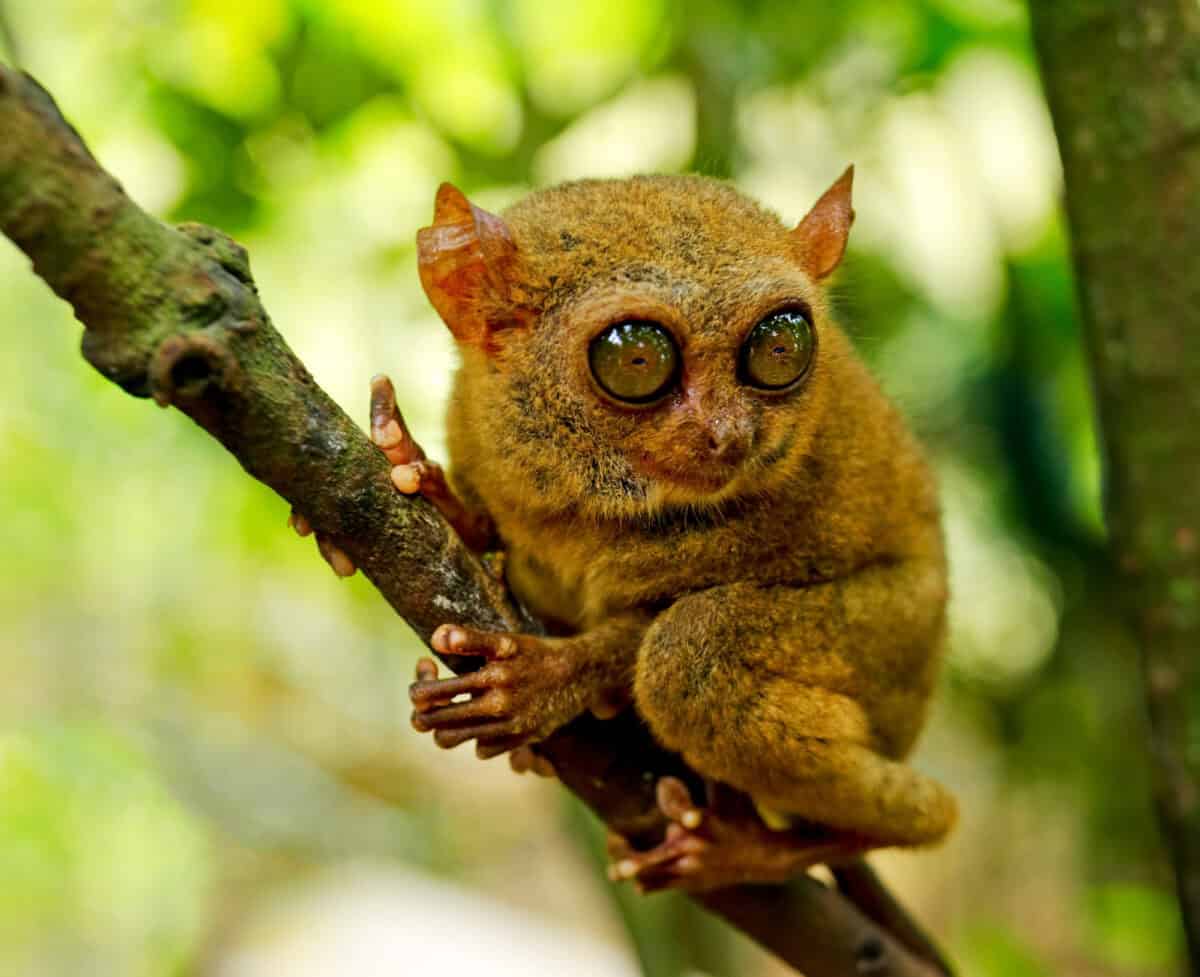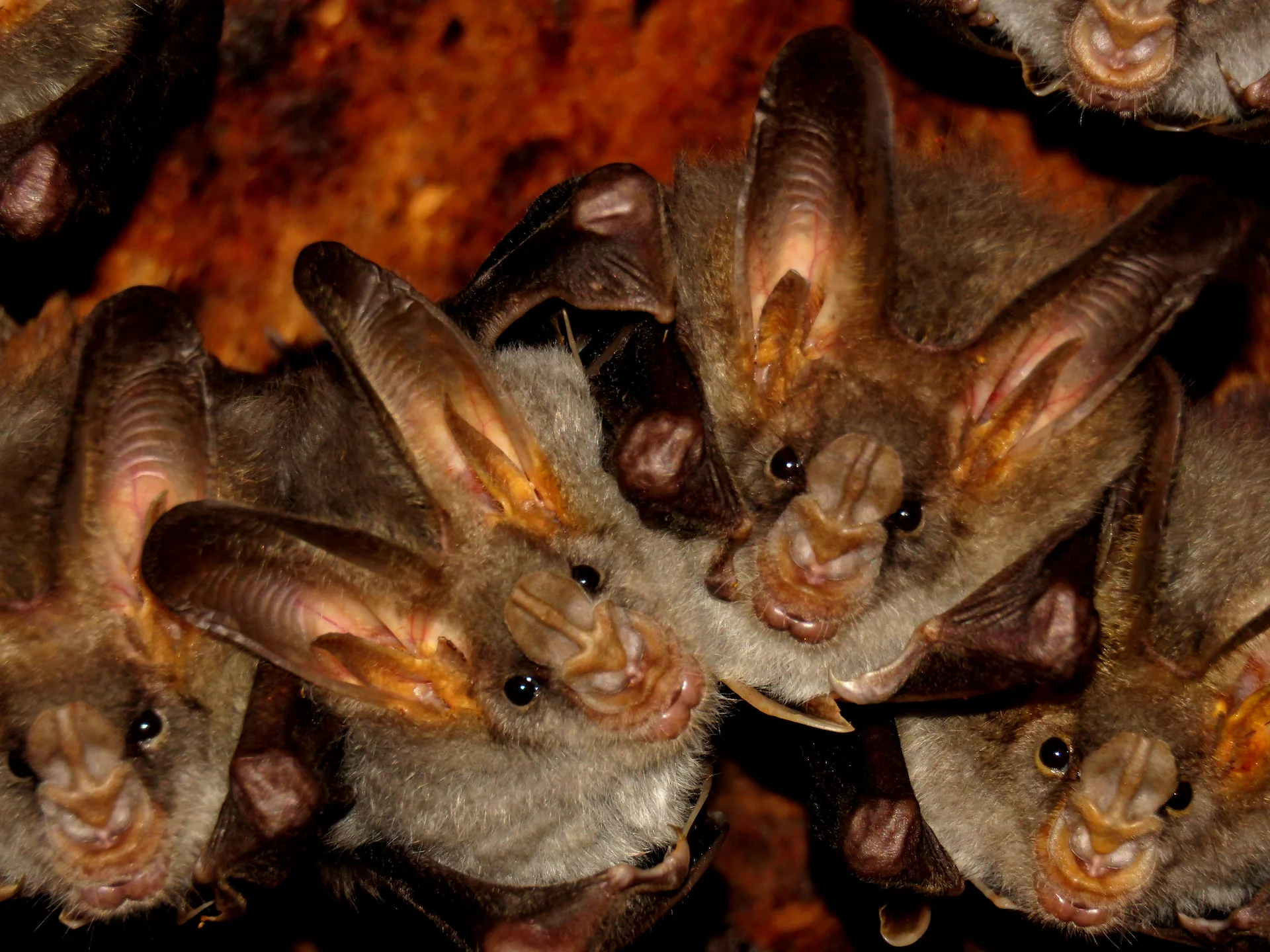In the animal kingdom, vocal communication takes many fascinating forms, but perhaps none as melodious and complex as singing. While birds are renowned for their songs, numerous mammals have evolved equally impressive vocal abilities. These mammalian melodies serve various purposes, from attracting mates and defending territory to maintaining social bonds and expressing emotions. The following article explores 14 remarkable mammals that use singing as a primary form of communication, delving into their unique vocal repertoires and the biological mechanisms that make their songs possible.
Humpback Whales The Ocean’s Composers

Humpback whales (Megaptera novaeangliae) are perhaps the most famous singing mammals, producing complex songs that can last up to 30 minutes and be heard from miles away. These elaborate compositions consist of various themes that are repeated in a specific order, creating what scientists recognize as true songs. Male humpbacks are the primary singers, with their vocalizations believed to serve multiple purposes, including attracting females and establishing dominance among males. What makes humpback songs particularly remarkable is their cultural evolution—whales within the same population sing similar songs, but these songs gradually change over time, with innovations spreading through populations like musical trends. Research has shown that these whale songs can travel hundreds of miles underwater, making them one of the most far-reaching mammalian vocalizations on Earth.
Bowhead Whales The Arctic Virtuosos

Bowhead whales (Balaena mysticetus), dwelling in the icy waters of the Arctic, possess vocal abilities that rival those of their humpback cousins. These massive mammals have recently been discovered to have an astonishingly diverse vocal repertoire, with scientists documenting over 180 different song types within a single population. Unlike humpbacks, bowheads change their songs rapidly, sometimes even within a season. Their songs feature intricate patterns of frequency modulation, repeated phrases, and distinct rhythms that researchers compare to jazz improvisation. The bowhead’s ability to sing may be linked to their incredibly long lifespan, which can exceed 200 years, giving them time to develop and refine their vocal skills across centuries. These Arctic singers often perform during the winter breeding season when the polar night provides a continuous darkness that seems to inspire their vocal creativity.
Gibbons The Primate Sopranos

Among primates, gibbons stand out as the most accomplished singers. These small apes, native to the forests of Southeast Asia, are known for their elaborate morning songs that can be heard echoing through the jungle canopy. Gibbons typically sing in duets, with male and female partners taking turns in a coordinated performance that strengthens their bond and announces their territory. The female’s contribution often includes a spectacular “great call,” a series of notes that rise in pitch and culminate in high-pitched, rapid-fire vocalizations. Male gibbons respond with complementary phrases, creating a synchronized duet. These songs serve multiple functions, including mate attraction, pair bonding, and territorial defense. The extraordinary vocal abilities of gibbons are facilitated by a specialized throat sac that acts as a resonating chamber, allowing them to project their songs over great distances through dense forest.
Indris Madagascar’s Melodic Lemurs
The indri (Indri indri), a critically endangered lemur species found only in Madagascar, produces some of the most haunting and complex songs among primates. These black-and-white lemurs live in family groups and perform synchronized songs that can last up to 3 minutes and carry over 2 kilometers through the forest. What makes indri songs particularly fascinating is their structural similarity to human music – they follow rhythmic patterns and contain recognizable phrases with distinct tempos. Research published in Current Biology revealed that indris are among the few non-human mammals that demonstrate categorical rhythm, a trait previously thought to be uniquely human. During their songs, family members take turns contributing their parts, creating a chorus that strengthens family bonds and warns other indri groups to keep their distance. Conservation efforts to protect these singing lemurs are critical, as their numbers continue to decline due to habitat loss and hunting.
Tarsiers Tiny Ultrasonic Singers

Tarsiers, those diminutive primates with enormous eyes, are secretive nocturnal singers whose vocalizations largely escaped human detection until recently. These small mammals, native to Southeast Asian islands, produce songs that extend well into the ultrasonic range—far beyond human hearing capabilities. Using specialized recording equipment, researchers have discovered that Philippine tarsiers (Tarsius syrichta) sing duets at frequencies reaching up to 70 kHz, among the highest documented for any terrestrial mammal. These ultrasonic songs likely serve to avoid detection by predators while allowing tarsiers to communicate with potential mates and family members. The physiological adaptations that enable these tiny primates to produce such high-frequency vocalizations include modified vocal cords and unique neural pathways. Their songs consist of repeated patterns of pulse notes that vary in pitch and duration, demonstrating a complexity not previously recognized in these enigmatic animals.
Rock Hyraxes Surprising Savanna Songsters

Rock hyraxes (Procavia capensis) might appear to be unassuming rodent-like creatures, but they are actually distant relatives of elephants with an unexpected talent for singing. Male hyraxes perform complex songs that can last for several minutes, particularly during the breeding season. These songs consist of wails, chucks, snorts, and squeaks arranged in specific patterns that vary between individuals and populations. Research has shown that hyrax songs contain information about the singer’s size, status, and hormonal condition, with more complex songs typically coming from males with higher testosterone levels. What makes hyrax singing particularly interesting is its syntactic structure – they combine different sound elements according to specific rules, similar to the way human language uses grammar. These small mammals even exhibit regional dialects, with populations separated by geographical barriers developing distinctive vocal styles over time. Their powerful songs serve as honest signals of male quality that females use when selecting mates.
Mice The Ultrasonic Serenaders

Male mice produce elaborate ultrasonic vocalizations that, when slowed down to frequencies audible to humans, resemble bird songs in their complexity and structure. These tiny rodents serenade females with songs that can contain multiple syllable types arranged in specific sequences. Using specialized equipment, researchers have documented that male mice modify their songs based on social context – singing different melodies when they detect female pheromones versus when a female is physically present. The neural basis for mouse singing involves dedicated brain circuits that have surprising similarities to those that control vocal learning in humans and songbirds. Studies have shown that male mice raised in isolation develop less complex songs, suggesting a learned component to their vocal abilities. These findings challenge the traditional view that vocal learning is rare among mammals and offer mice as an accessible model for studying the evolution of complex vocal communication. Different mouse strains also possess distinctive vocal “dialects,” with laboratory studies revealing genetic components to their singing behavior.
Bearded Seals Arctic Ocean Crooners

Bearded seals (Erignathus barbatus) are renowned for their elaborate underwater vocalizations that echo through the Arctic seas. Male bearded seals produce distinctive downward-spiraling trills that can last up to a minute and travel long distances underwater. During the breeding season, these vocal displays intensify as males establish underwater acoustic territories and attempt to attract females. What makes bearded seal songs particularly fascinating is their intricate acoustic structure—each song contains frequency modulations, distinct phrases, and specific timing patterns that identify individual males. These aquatic mammals possess specialized inflatable throat pouches that act as resonating chambers, amplifying their underwater songs. Climate change presents a significant threat to these vocal pinnipeds, as the melting Arctic ice transforms their acoustic environment and potentially disrupts their carefully evolved communication systems. Researchers have observed that bearded seals adjust their singing behavior in response to increasing underwater noise from human activities, demonstrating their vocal plasticity.
Singing Dogs New Guinea’s Canine Choir

The New Guinea singing dog, a rare and ancient canid related to the Australian dingo, earned its name from its unique vocalization ability. Unlike typical dog howls, the singing dog produces modulated howls that change in pitch and tone, creating an effect that sounds remarkably like human singing. These vocalizations often occur in group choruses when members of a pack howl together, each adjusting their contribution to create harmonies and avoid overlapping with others. Research suggests that singing dogs use these vocal displays for long-distance communication in the mountainous terrain of New Guinea, where visual contact between groups is limited. Each dog develops distinctive vocal patterns that serve as an acoustic signature, allowing individuals to recognize each other across substantial distances. Conservation efforts for these rare canids are critical, as their numbers in the wild have dwindled drastically, with some populations only recently rediscovered in remote highland regions. Their singing behavior provides insights into the evolution of complex vocal communication in canids and may represent an intermediate form between wolf howls and more varied domestic dog vocalizations.
Killer Whales Dialect-Speaking Orcas

Killer whales or orcas (Orcinus orca) are highly vocal marine mammals with communication systems so complex that different populations develop distinct “dialects” passed down through generations. These intelligent cetaceans produce a wide range of vocalizations, including whistles, pulsed calls, and clicks, often combined into recognizable sequences that function as songs. Each orca pod maintains a unique vocal repertoire that serves as an acoustic identifier, allowing members to recognize their family group even in dark or murky waters. Research in the Pacific Northwest has documented that resident killer whale populations maintain stable dialects over decades, with calves learning the specific calls of their maternal lineage. What makes orca vocalizations particularly remarkable is their cultural transmission—these songs are learned rather than instinctive, representing one of the clearest examples of cultural evolution in non-human mammals. The distinct vocal traditions of different orca ecotypes (resident, transient, and offshore) reflect their specialized hunting strategies and social structures, providing a fascinating window into how vocal communication evolves in response to ecological pressures.
Mongolian Gazelles The Steppe Sopranos

Mongolian gazelles (Procapra gutturosa), swift inhabitants of the Asian steppes, engage in remarkable singing displays that have only recently received scientific attention. During the rutting season, male gazelles produce complex vocalizations while performing ritualized displays, creating what researchers describe as “songs” that combine various elements in specific patterns. These songs include deep throaty grunts, high-pitched whistles, and nasal snorts arranged in sequences that can last several minutes. Using specialized inflatable throat sacs, male gazelles amplify their songs across the vast open landscapes they inhabit, allowing their vocalizations to carry for kilometers. Studies indicate that female gazelles evaluate the quality and complexity of male songs when selecting mates, with more elaborate vocal performances correlating with better physical condition. The singing behavior of these graceful ungulates appears to have evolved in response to their habitat—the open grasslands provide few visual barriers, making acoustic communication an effective strategy for mate attraction across long distances. Unfortunately, this vocal behavior is threatened as Mongolian gazelle populations decline due to habitat fragmentation and poaching.
Horsfield’s Tarsier Duetting Forest Dwellers

Horsfield’s tarsier (Tarsius bancanus), a small nocturnal primate native to Southeast Asian forests, engages in remarkable duetting behavior that strengthens pair bonds and defines territories. Unlike their Philippine cousins who specialize in ultrasonic communication, these tarsiers produce vocalizations with significant components in the human audible range. Mated pairs perform coordinated duets, particularly at dawn, with precisely timed contributions from both partners. The male typically initiates with a series of chirping notes, to which the female responds with complementary phrases, creating an integrated acoustic display that neighboring tarsiers recognize as coming from a unified pair. Research has shown that these duets serve multiple functions, including territory defense, mate guarding, and reinforcement of the pair bond. The neural mechanisms controlling these precisely coordinated vocalizations suggest sophisticated temporal processing abilities in these small primates. Their singing behavior provides insights into the evolution of vocal coordination in mammals and offers parallels to duetting behavior in birds, representing a fascinating case of convergent evolution in communication strategies.
Brazilian Free-Tailed Bats The Singing Sky Rivers

Brazilian free-tailed bats (Tadarida brasiliensis) form some of the largest mammalian colonies on Earth, with millions gathering in caves across the Americas, and their social complexity is matched by sophisticated vocal communication. Male bats produce elaborate songs during courtship, combining various syllable types into complex phrases that researchers have found contain syntax-like structures. These vocal displays, primarily performed during the breeding season, consist of multiple phrases arranged in specific orders that vary between individuals. Using specialized throat structures and exceptional breath control, these small mammals can sustain singing bouts for surprising durations despite their rapid metabolism. High-speed recording techniques have revealed that these bat songs contain information about the singer’s identity, condition, and territorial claims. Perhaps most remarkably, these bats sing while flying at high speeds, coordinating their respiration between wing beats and vocalizations in a remarkable feat of multitasking. Their songs play essential roles in their complex social lives, mediating competitive interactions between males and attracting females in the chaotic acoustic environment of bat caves. Recent studies using machine learning to analyze their vocalizations have uncovered even more complexity in their communication system than previously recognized.
Conclusion: The Melodic Tapestry of Mammalian Communication

The diverse singing abilities across mammalian species reveal the remarkable evolution of complex communication systems driven by social and ecological pressures. From the haunting underwater ballads of whales to the ultrasonic serenades of mice, these vocal expressions serve crucial functions in survival, reproduction, and group cohesion. The presence of song-like vocalizations across such diverse mammalian lineages suggests that singing behavior has independently evolved multiple times, representing a fascinating example of convergent evolution. As human activity increasingly encroaches on natural habitats and alters acoustic environments through noise pollution, the songs of many mammal species face disruption, making their study and conservation more urgent than ever. By understanding and preserving these melodic expressions, we not only protect biodiversity but also maintain a window into the complex ways in which mammals, including our own species, have evolved to connect through the universal language of song.
- 14 Mammals That Sing to Communicate - August 14, 2025
- 12 Wild Animals That Build Homes Better Than Humans - August 14, 2025
- Did you know some animals use the Earth magnetic field to find their way and here is how - August 14, 2025

